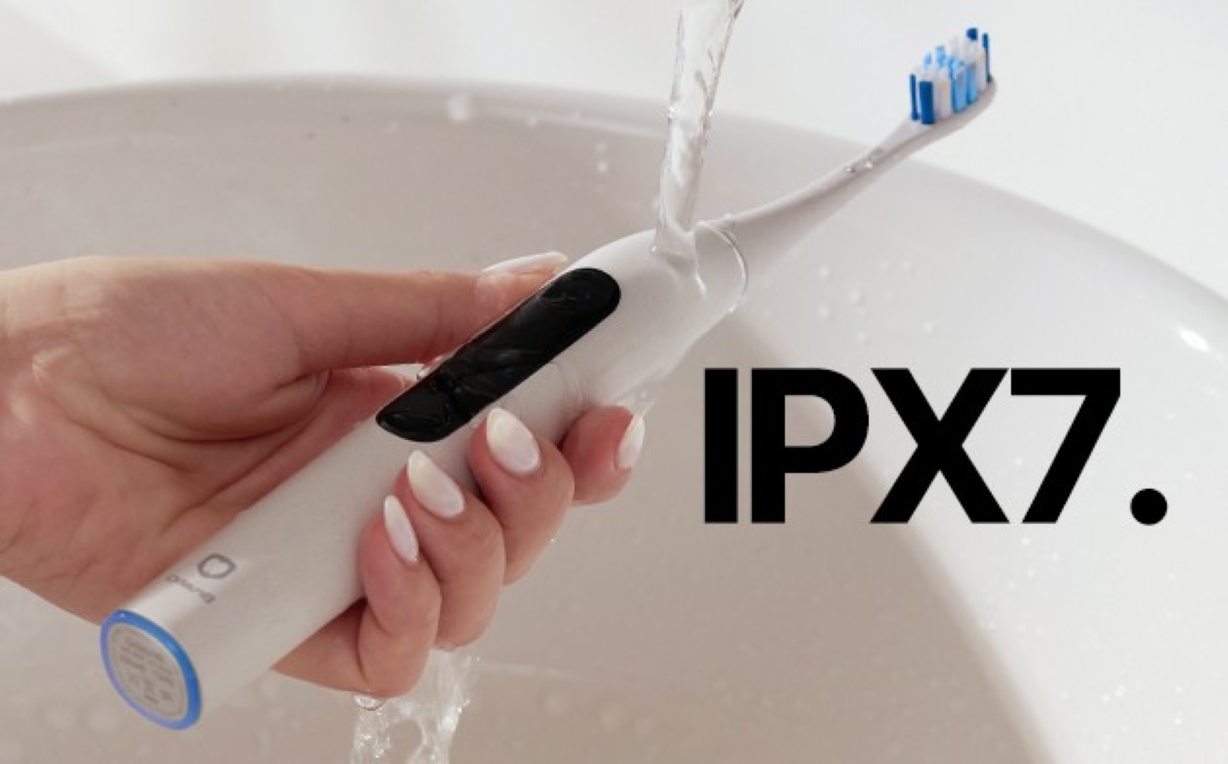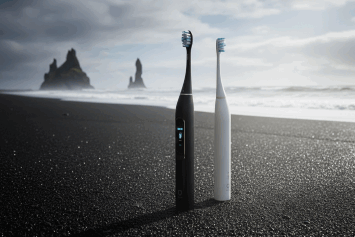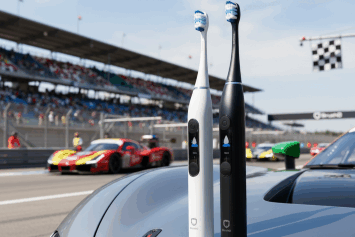Popular
How to Build the Perfect Oral Care Routine in 2025
Jul 30
Why Your Gums Bleed and How to Fix It Fast in 2025
Jul 30
Top 5 Oral Care Mistakes and How BrushO Fixes Them
Jul 29
What Makes a Toothbrush “Smart”?
Jul 22
BrushO Smart Toothbrush: Gentle, Powerful, Travel-Friendly
Jul 19
BrushO: The Future of Smart Oral Care—Redefining the Way You Brush
Jul 17
Back
Plaque vs. Tartar: What’s the Difference? Aug 26
Aug 26
Plaque vs. tartar: what’s the difference?
Many people confuse the two, but understanding them is key to oral health. Plaque is a soft, sticky film of bacteria that forms daily, while tartar is hardened plaque that can only be removed by a dentist. In this article, we’ll explain how both develop, why they’re harmful, and how using smart electric toothbrushes like BrushO can help you control plaque before it becomes tartar.

What Is Plaque?
Plaque is a colorless, sticky biofilm that constantly forms on teeth and along the gumline. Made up of bacteria, food particles, and saliva, plaque is soft enough to be removed by brushing and flossing. However, when ignored, it produces acids that:
- Attack enamel and cause cavities
- Irritate gums, leading to gingivitis
- Create bad breath and discomfort
Plaque is essentially the “first stage” of dental problems—manageable if treated daily.
What Is Tartar?
Tartar (also called calculus) is hardened plaque that forms when plaque isn’t removed in time. Minerals in saliva cause it to solidify, usually within 24–72 hours. Once hardened, tartar is:
- Yellow or brown in color
- Rough in texture, making teeth harder to clean
- A major contributor to gum disease and tooth decay
Unlike plaque, tartar cannot be brushed away at home. It requires professional cleaning by a dentist or hygienist.
Plaque vs. Tartar: Key Differences
Feature Plaque 🦠 Tartar 🪨
Texture Soft, sticky film Hard, rough buildup
Color Invisible or pale Yellow/brown, visible
Removal Brushing & flossing daily Only by dentist
Health Risk Cavities, gum irritation Gum disease, tooth loss
How to Prevent Plaque from Becoming Tartar
The best way to control tartar is by never letting plaque harden in the first place. Daily habits include:
- Brushing twice a day with a fluoride toothpaste
- Flossing to remove buildup between teeth
- Rinsing with antibacterial mouthwash
- Limiting sugary or starchy foods
- Scheduling dental cleanings twice a year
Why BrushO Is Effective Against Plaque
The BrushO AI-Powered Toothbrush is designed to fight plaque before it turns into tartar:
- High-frequency cleaning power removes biofilm more effectively than manual brushing.
- AI brushing feedback 📱 helps you cover all zones, leaving no hidden plaque behind.
- Pressure sensors 🚦 protect enamel and gums while ensuring thorough cleaning.
- Three replaceable brush heads 🔄 (included per set) provide optimal plaque control for every user.
By using BrushO consistently, you can stop plaque from becoming tartar—and avoid costly dental treatments.
Final Thoughts
So, plaque vs. tartar—what’s the difference?
Plaque is soft and removable with daily brushing, while tartar is hardened, damaging, and requires professional cleaning. The solution? Prevent plaque buildup with the right tools.
👉 With the BrushO AI-Powered Toothbrush, you can protect your teeth daily, stop plaque in its tracks, and keep your smile healthy and bright.
Best Electric Toothbrush for First-Time Users
Aug 27
Why Smart Toothbrushes Are the New Lifestyle Trend
Aug 26
Popular
How to Build the Perfect Oral Care Routine in 2025
Jul 30
Why Your Gums Bleed and How to Fix It Fast in 2025
Jul 30
Top 5 Oral Care Mistakes and How BrushO Fixes Them
Jul 29
What Makes a Toothbrush “Smart”?
Jul 22
BrushO Smart Toothbrush: Gentle, Powerful, Travel-Friendly
Jul 19
BrushO: The Future of Smart Oral Care—Redefining the Way You Brush
Jul 17
Recent Posts

The Hardware That Powers BrushO Toothbrush
Discover the advanced hardware behind the BrushO smart toothbrush—from AI sensors to FSB technology—that delivers precise cleaning, pressure protection, and 16‑surface tracking for healthier teeth and gums.

Your Brushing Style Is Damaging Your Teeth
Many people unknowingly damage their teeth by brushing too hard or using poor technique. Learn the risks, how to fix your brushing style, and how smart tools like BrushO protect your enamel and gums.

How Habits Damage Teeth and What You Can Actually Reverse
Bad habits like smoking, coffee, and improper brushing can harm your teeth. Learn what oral damage you can actually reverse today—and how BrushO helps restore your smile.

How Replaceable Brush Heads Make Oral Care More Convenient
Discover why replaceable toothbrush heads are essential for smart oral care. Save time, reduce waste, and keep your brushing routine cleaner and healthier with BrushO.

How AI Is Changing the Way We Brush Our Teeth
Discover how AI is transforming oral care through smart toothbrushes like BrushO. From real-time feedback to personalized brushing scores, AI helps you brush smarter—not harder.

Building a Self-Care Habit Through Your Toothbrush
Discover how turning your brushing routine into a mindful self-care habit can transform your health and confidence. BrushO helps you build this daily ritual through personalized feedback and habit tracking.

Why Your Brushing Score Isn’t Improving
Wondering why your brushing score isn’t improving even with consistent brushing? Learn the common mistakes users make and how smart brushing guidance from BrushO can help you brush better.

Can Your Toothbrush Help You Sleep Better?
Discover how your nightly brushing routine impacts your sleep quality—and how BrushO’s smart features support better rest. Personalized guidance, soothing feedback, and sleep-friendly design make it more than a toothbrush.

How to Know If You’re Brushing Too Often
Brushing too often might seem like a good thing, but overbrushing can lead to enamel erosion and gum recession. Learn the signs of overbrushing and how smart technology like BrushO can help protect your oral health.

What Causes Mouth Ulcers and How to Prevent Them
Discover the real causes behind mouth ulcers and how your daily brushing habits can prevent them. Learn why oral hygiene and smart brushing matter more than ever.
